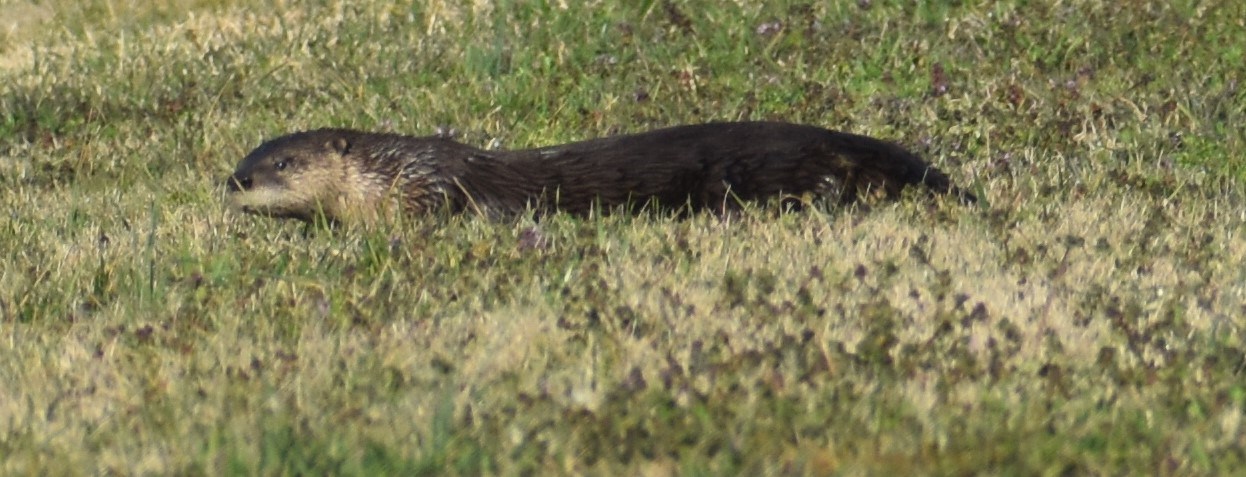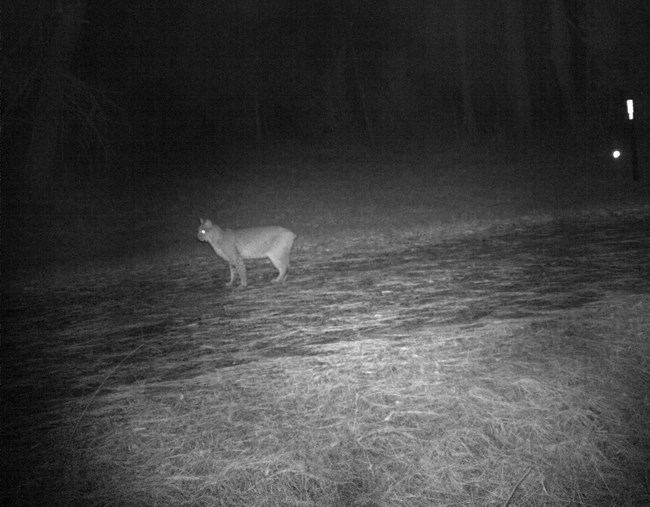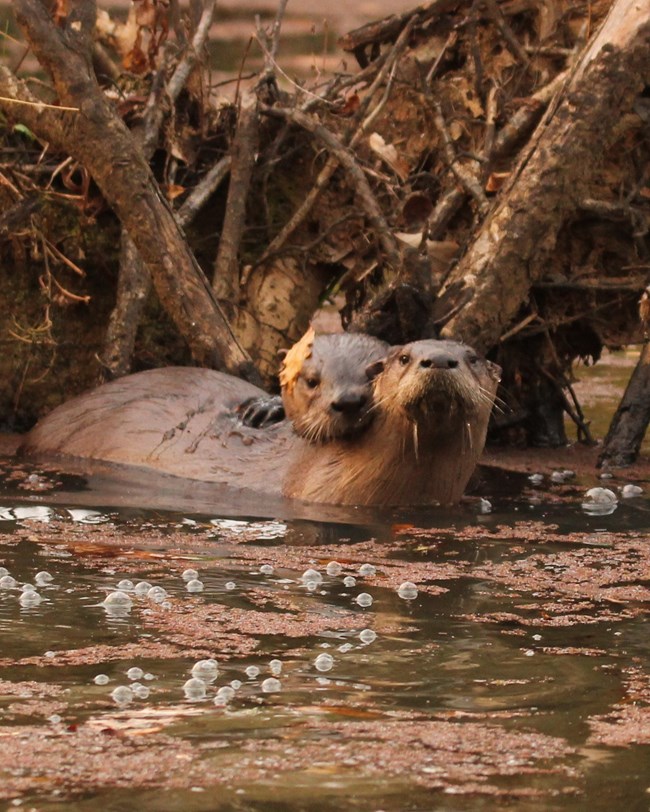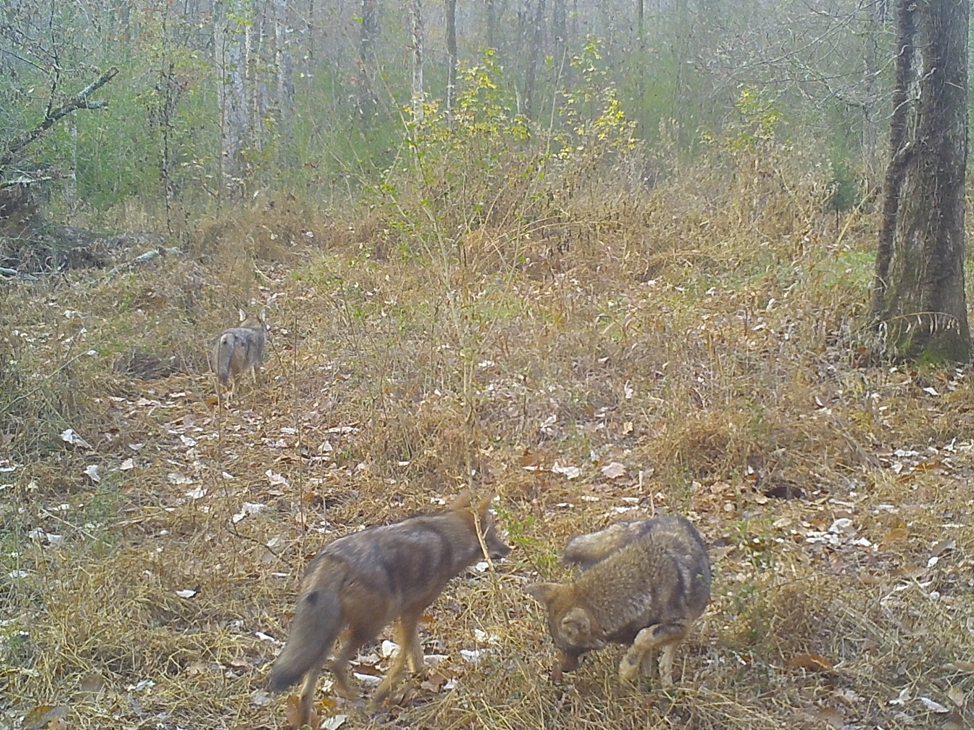
Courtesy of Matt Knapley There are 18 species of mammals at Ninety Six National Histoirc Site. A few of these animals are easier to spot than others. Here are a few of the varied species that have been seen at the site. 
NPS Bobcat (Lynx rufus)Diet: Mostly rabbits/hares, may eat rodents, deer, snakes, lizards, and domestic animals such as dogs, cats, goats, and poultry. 
NPS/VIP Rusty Wilson Otter (Lutrinae)Diet: fish, frogs, crayfish, turtles, insects, and some small mammals. 
NPS Coyote (Canis latrans)Diet: Coyotes are omnivorous, which means they will eat about anytghing, including cactus fruit, mesquite beans, flowers, insects, rodents, lizards, rabbits, birds, and snakes. BatsIn 2007, the Cumberland Piedmont Network, sponsored by National Park Service, conducted a study at Carl Sandberg Home National Historic Site, Cowpens National Battlefield, Guilford Courthouse National Military Park, Kings Mountain National Military Park, and Ninety Six National Historic Site to document bat species at each site. The presence or absence of bats can indicate how healthy an ecosystem is. The researchers found at least 4 species of bats with evidence of at least 6 at Ninety Six National Historic Site. For more information about bats, go the National Park Service page dedicated to them. |
Last updated: July 20, 2023
